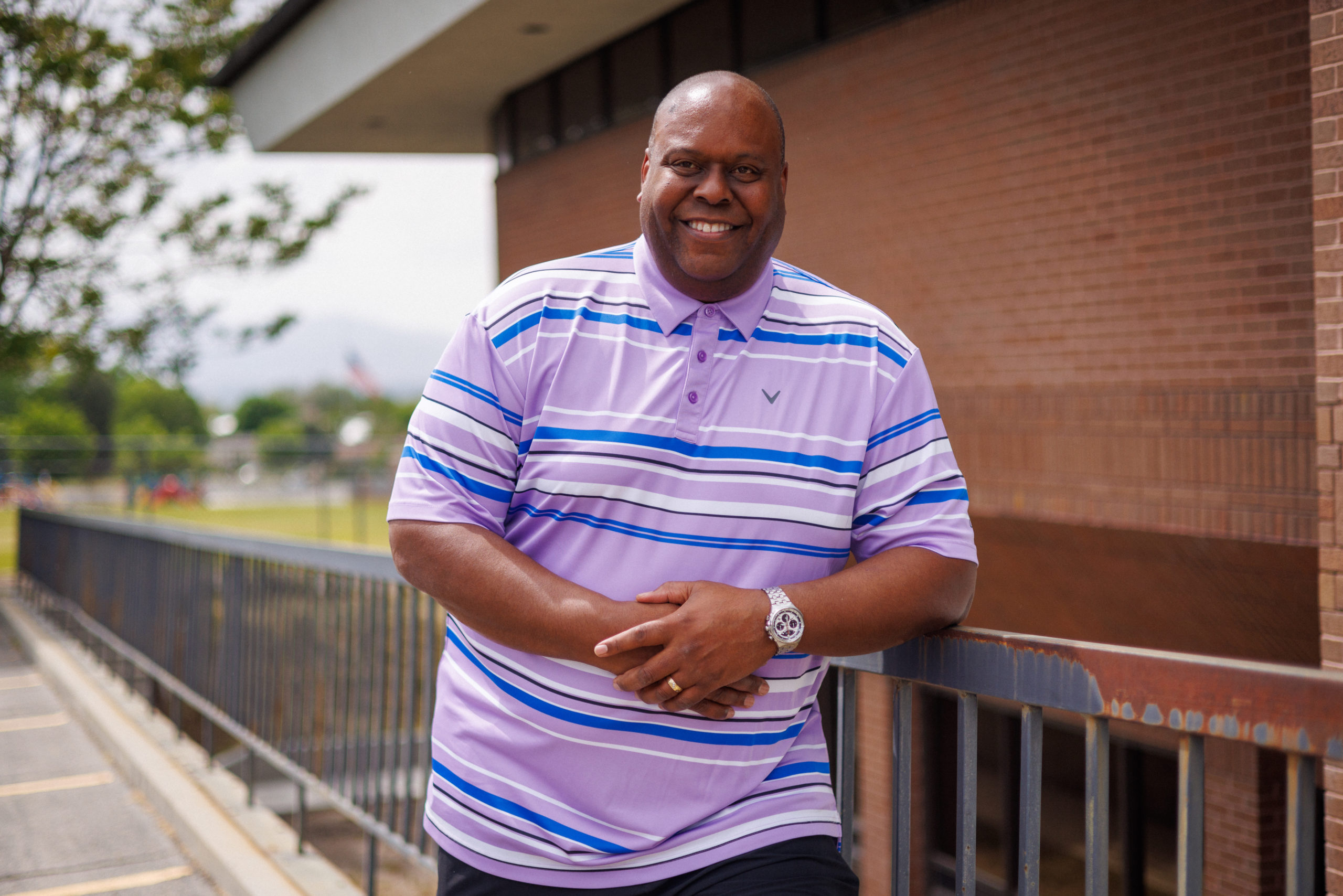
Leadership, Education, And Equality: A Conversation With Community Leader Shawn Newell
Activism, Outreach and Education
Shawn Newell traces his journey as an inclusion-oriented leader back to his childhood in Southern California. From a young age, Newell attended a fairly affluent and predominantly white school as part of a desegregation program and found himself navigating spaces where he felt unwelcome and excluded. Sports, particularly football, offered him one way to carve a place for himself and hone his leadership skills. His time playing football netted him a scholarship at the University of Utah in 1980. After 30+ years in business, Newell is currently the Vice President of the Salt Lake Branch of the NAACP and serves on the board of the Utah System of Higher Education (USHE), though these positions are only a fraction of Newell’s accomplishments.
The vision of leadership Newell practices centers on the equity, inclusion and mutual learning that he sees as vital to building more resilient and just institutions. As the outside world bombards leaders with evidence of systemic issues that challenge preconceived beliefs, especially in the past few years, too many leaders retreat into their own ideological fortresses rather than change. “To go into these uncomfortable places and discover that things may not have been the way you believe them to be for decades, depending on your age, it’s really disconcerting and … scary,” Newell says. “We have to get past that point of being afraid of going to that place, and finding that these spaces and this education—learning about one another—should be energizing, illuminating and should help us to create more curiosity and growth.”
“We have to look at the difficulty of understanding equity … and expanding this framework to where it becomes the DNA of a system.”
In his work with USHE, Newell uses a concept called the Equity Lens Framework as one antidote to this fear-based status quo. “We’re trying to embed equity into every aspect of the policies, procedures [and] environments of all our institutions,” he says. The framework challenges decision makers to carefully consider the many intersecting dimensions that underpin equity when evaluating policies and systems where they may not have perceived it before.
Few aspects of daily life need this realignment more than the education and workforce pipelines—the process by which students receive an education to gain a career. In Utah specifically and the U.S. broadly, the education system that makes the pipeline possible still suffers from a legacy of segregation and exclusion with deep roots. The chilling effect of inequality disproportionately affects members of marginalized groups, including communities of color, immigrants and refugees. “A lot of communities, especially those that have been subjugated for a long time, have an innate fear of these systems. It’s not just not knowing how to navigate it, but it’s the fear of the system not really welcoming them,” Newell says.
“We have to get past that point of being afraid of going to that place, and finding that these spaces and this education—learning about one another—should be energizing, illuminating and should help us to create more curiosity and growth.”
In Utah especially, the lingering systemic effects of exclusion threaten future prosperity. Utah’s economy increasingly demands a better-educated workforce. From Newell’s perspective, overcoming accessibility barriers to empower more people to rise to these careers takes conscious effort from leaders, many involve meeting people where they are. Employers can financially support future employees from marginalized backgrounds as they pursue an education, while board members overseeing higher education can also shape policy to provide for people with various backgrounds and experiences equitably.
Ultimately, Newell sees community leaders as indispensable catalysts who can drive equity, knock down institutional barriers and encourage more inclusive perspectives from the top down. Newell sees Utah leaders in both higher education and business rising to the challenge, but more work still needs to be done. “We have to look at the difficulty of understanding equity … and expanding this framework to where it becomes the DNA of a system,” he says. Supporting these varied perspectives from the classroom to the workspace yields a resiliency that’s all too necessary in a rapidly evolving world.
For more articles about community leaders:
Salt Lake Area Queer Climbers: Re-Defining What It Means to Take Up [Outdoor] Space
Sweet Streets: Making Movement Safer for Salt Lake City